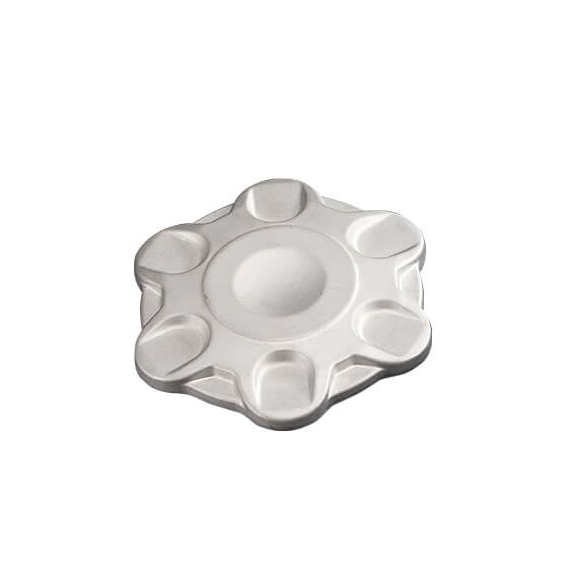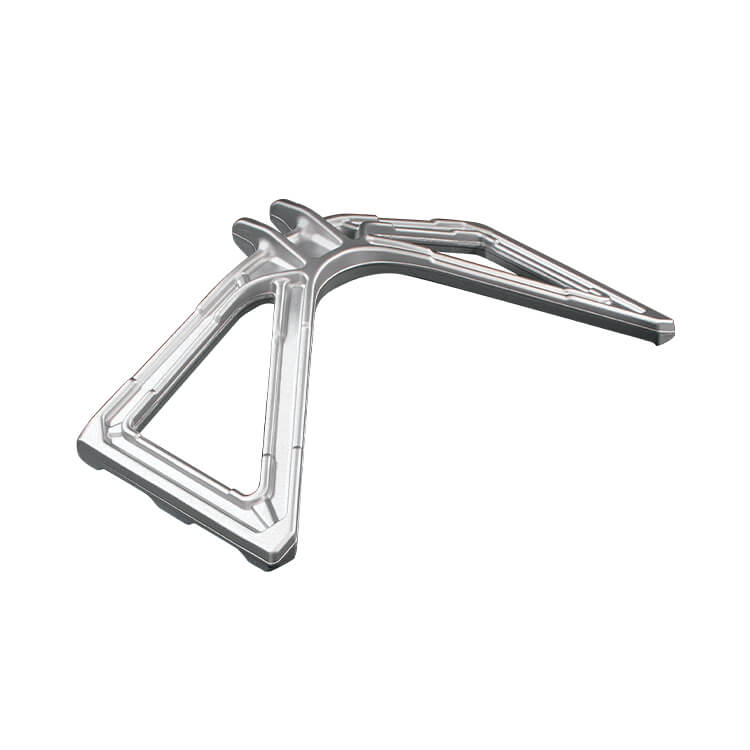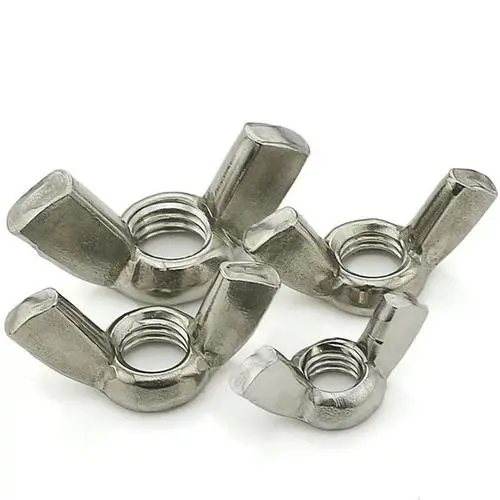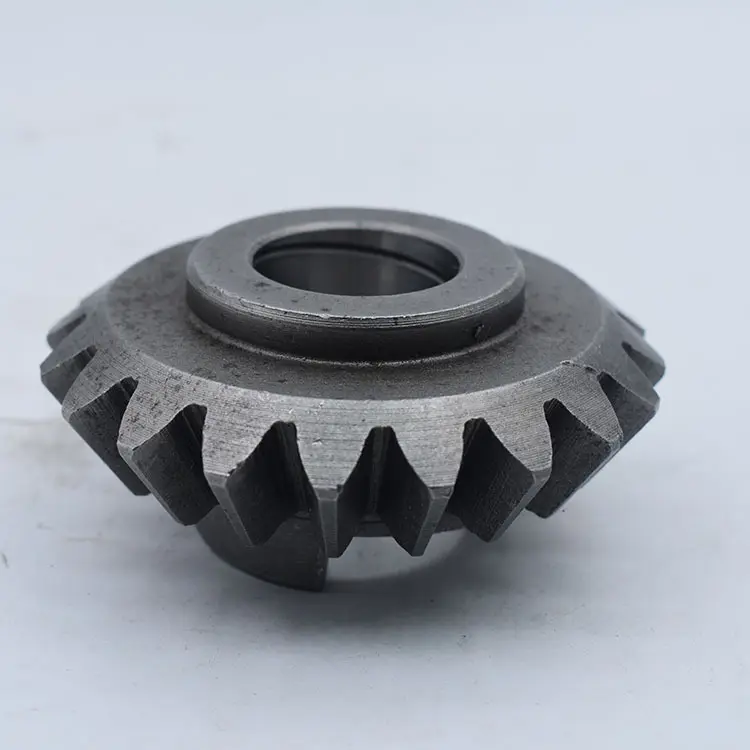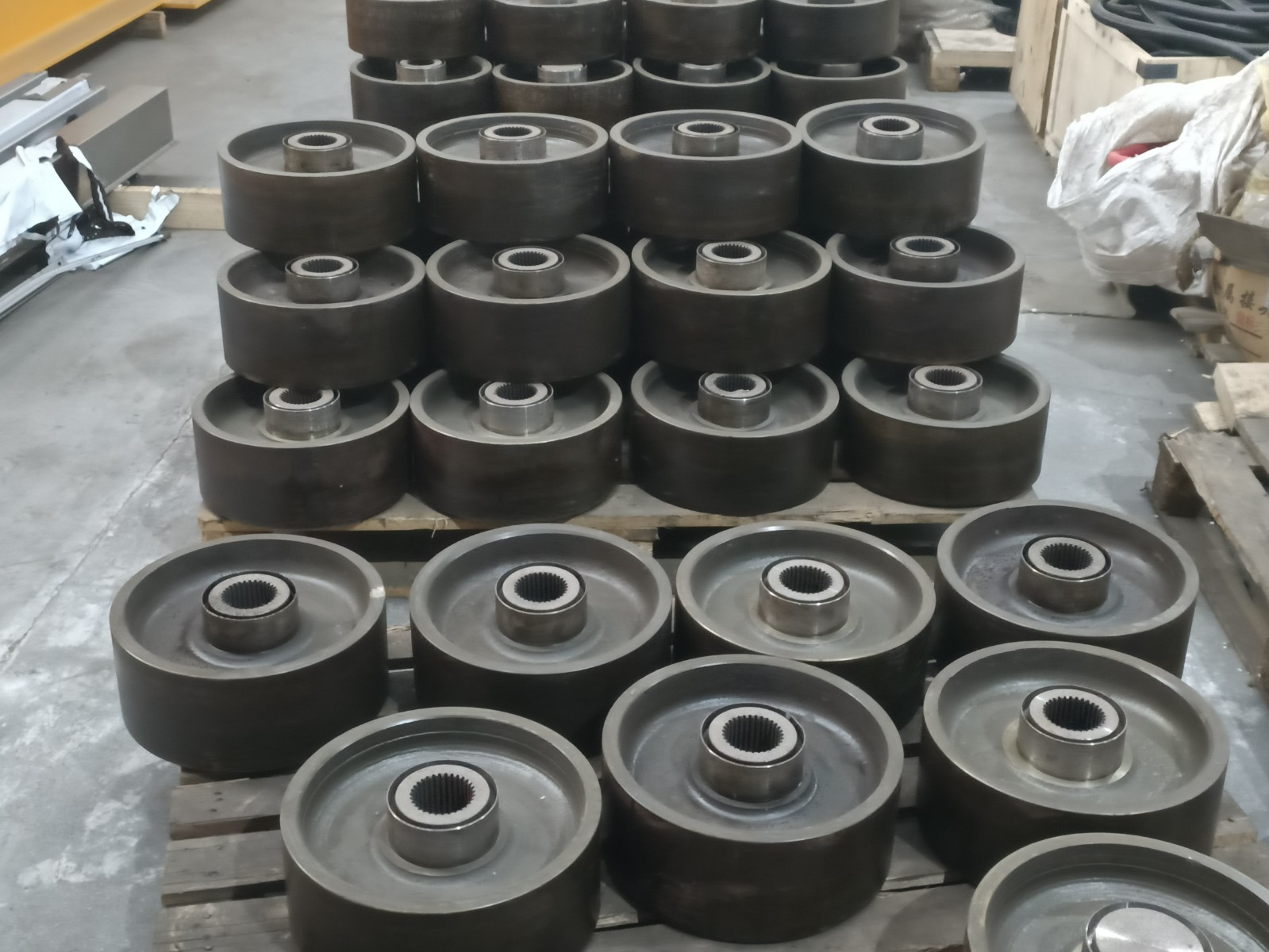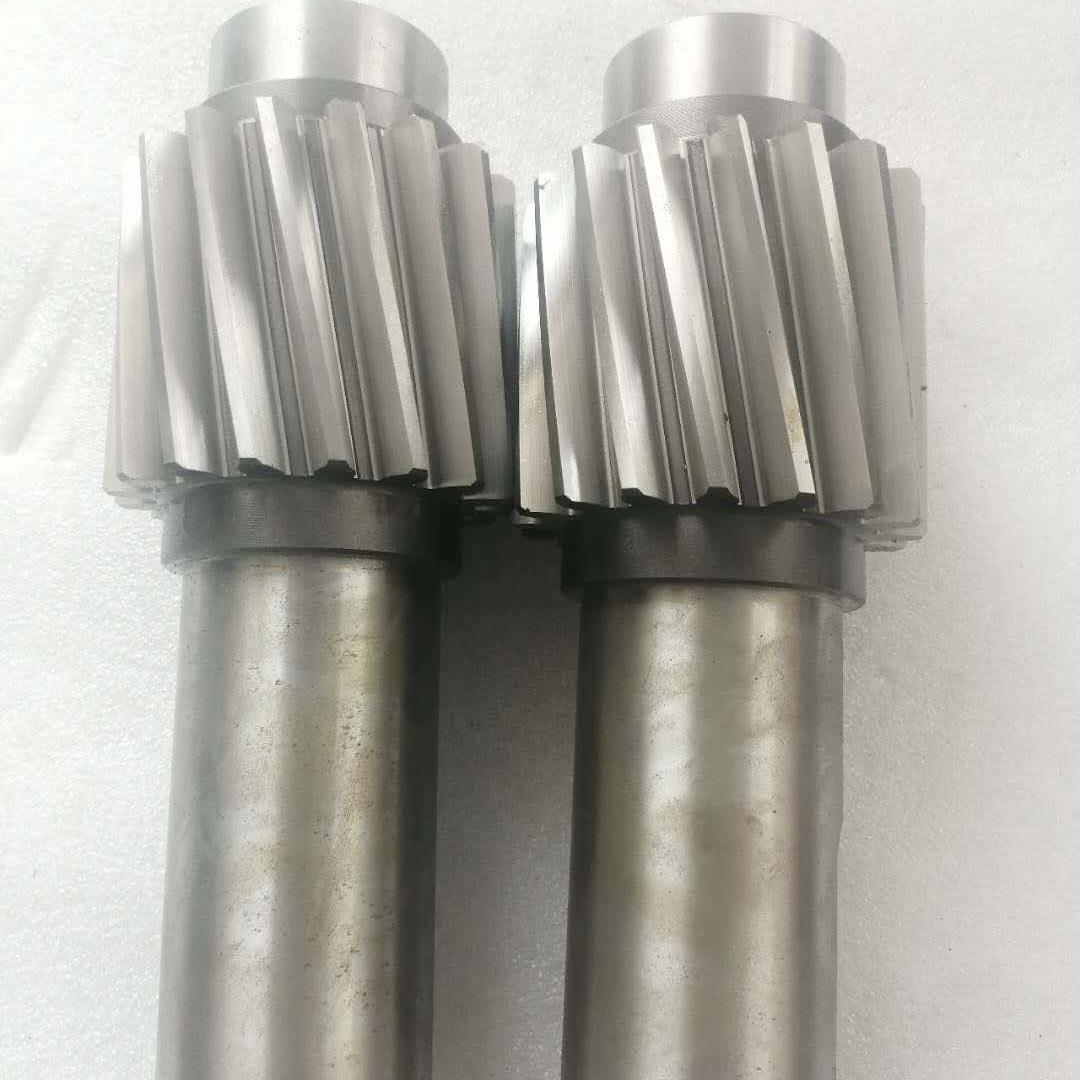Automobile Steering Knuckle Blank Forgings
The steering knuckle is one of the main parts on the steering axle of the car, which can make the car run stably and transmit the driving direction sensitively. One of its functions is to effectively transmit the angle value of the steering wheel rotation to the front wheels of the car, and control the route of the car in a timely manner, so as to ensure the safe and accurate operation of the car. Another function is to bear the front load of the car, support and drive the front wheel to rotate around the kingpin. In the driving state of the car, it is subjected to variable impact loads. Therefore, the steering knuckle not only requires reliable strength, but also must ensure its high machining accuracy. Its geometric shape is relatively complex, and there are many geometric shapes that need to be processed. The position accuracy requirements between various geometric surfaces are relatively high, and the processing accuracy will affect the steering accuracy of the car during operation.
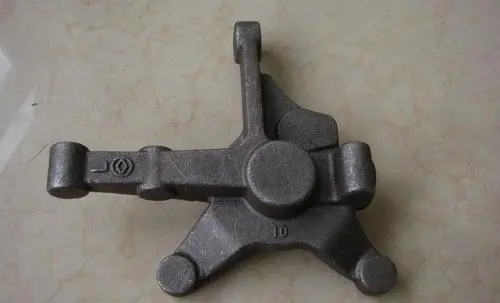
Application range
Steering drive shafts are widely used in automobiles. In cars with front-engine rear wheels or all-wheel drive, due to the deformation of the elastic suspension, the relative position of the axis of the transmission or transfer case output shaft and the input shaft of the drive axle often changes, so the cross shaft steering drive shaft is generally used. In the steering drive axle, the angle between the inner and outer half shafts changes with the driving needs, and a constant speed steering drive shaft is often used at this time. When the rear drive axle is independent suspension, the steering drive shaft must also be used.
According to whether the steering knuckle has obvious elasticity in the torsional direction, it can be divided into rigid steering knuckle and flexible steering knuckle. Rigid steering knuckles transmit power by the hinge connection of parts, which can be divided into non-uniform speed knuckles (such as cross shaft type), quasi-constant speed knuckles (such as double-joint type, bump type, three-pin shaft type, etc.) and Constant velocity steering knuckle (such as ball fork type, ball cage type, etc.). The flexible steering knuckle transmits power by elastic parts and has the function of cushioning and vibration reduction.
Composition characteristics of automobile steering knuckle
● Shell: The steering knuckle is usually composed of a metal shell, and the common materials are cast iron, aluminum alloy, etc. The shell has sufficient strength and rigidity to withstand the load of steering force and vehicle weight.
● Joint: The steering knuckle contains a steering joint, which is mainly composed of a ball head and a ball seat. The ball joint attaches to the steering stem, while the ball socket attaches to the wheel. The design and manufacture of the steering knuckle are required to ensure smooth and flexible steering, and to be able to withstand the impact during the steering process.
● Bearings: There are usually bearings inside the knuckle to support and reduce friction during steering. The common types of bearings are rolling bearings and sliding bearings, which are selected according to specific design and requirements.
● Seals: In order to prevent impurities such as dust and moisture from entering the steering knuckle and ensure the normal operation of the steering knuckle, the steering knuckle is usually equipped with seals, such as rubber sealing rings.
● Adjusting device: In order to ensure the normal operation of the steering knuckle and correct the clearance of the steering system, the steering knuckle is usually equipped with an adjusting device, such as a nut and a bolt.






